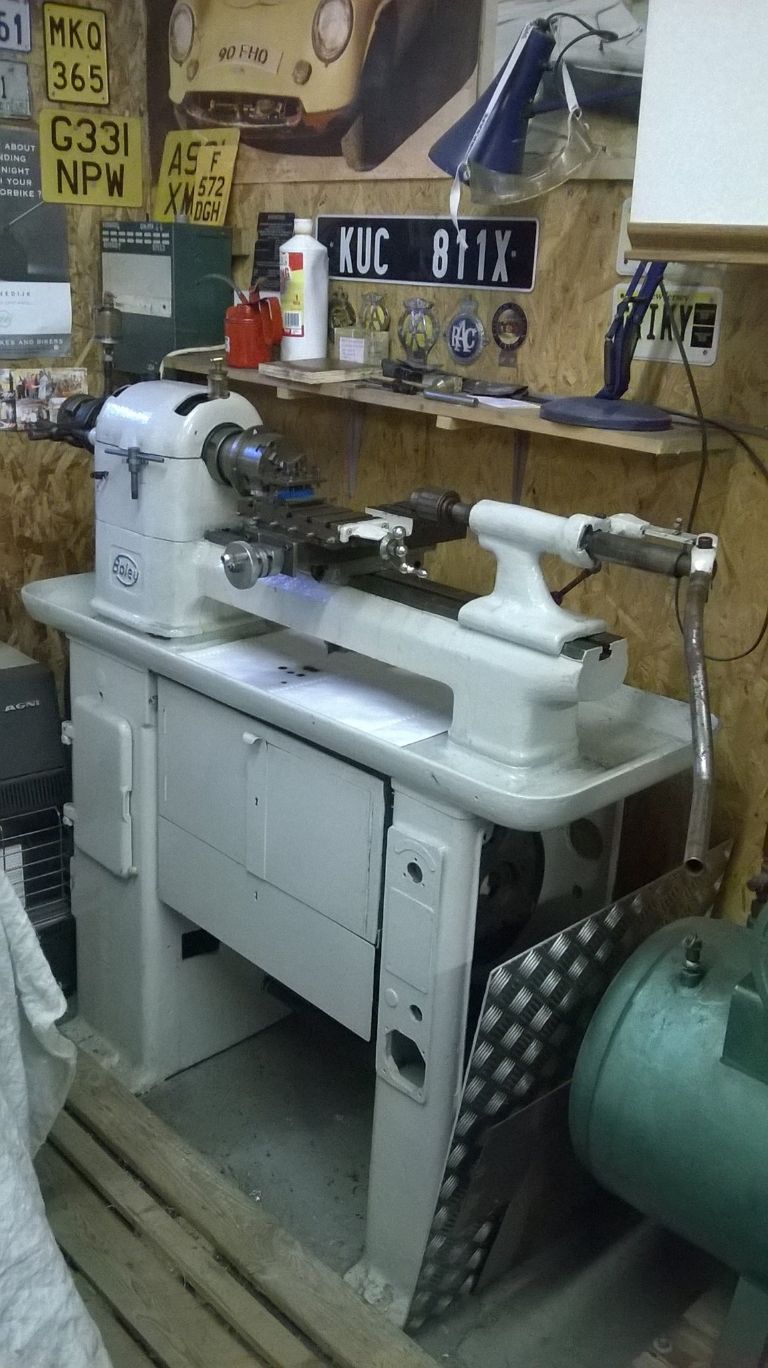Well after a few hours using my new 60yr old 'toy' I have turned up a stepped aluminium spacer for the motorcycle I am refurbishing, and today made two spacers, this time in stainless steel. They are now fitted to the bike and look very nice. Both the mudguard and the rear grab handle are now properly mounted to the frame and nicely bolted down with stainless Allen bolts.
So what did I learn? Well one YouTube video mentioned 'Rigidity, rigidity, rigidity' and he was right. Whilst I tried to keep the overhang of both round bar and cutting tool short, and ensured the parting tool was central, there was still a fair amount of chatter and some smoke. Unlike the videos on YouTube – 'Tom's Techniques' range of videos is interesting – when no cutting fluid was used, I actually did use some as this kept both the noise and smoke down, and the finish was better.
Also I was unsure of what speed to use. My plain lathe has no speed indicator just an add-on with a variable speed rheostat which goes from 'Dead Slow' to 'Fast'. So how fast for ally and how fast for stainless steel?
Cleaning up after doing some turning is a chore as the cutting fluid mixes with the swarf. Once cleaned down I have added a 'nappy' to the tray. These are oil absorbing pads made from layers of paper and used in aircraft servicing. My son can get hold of packs of them and they do absorb oil well such as when doing oil/filter changes on the bike or car.
The tool post on my lathe has a series of M4 Allen screws to hold the cutting tools and I don't think this is anywhere near secure enough. When I get around to it I shall drill and tap M6 or even bigger threads for larger Allen screws as these will hold the tools more securely.
All good clean fun so far 
Paul Narramore.






